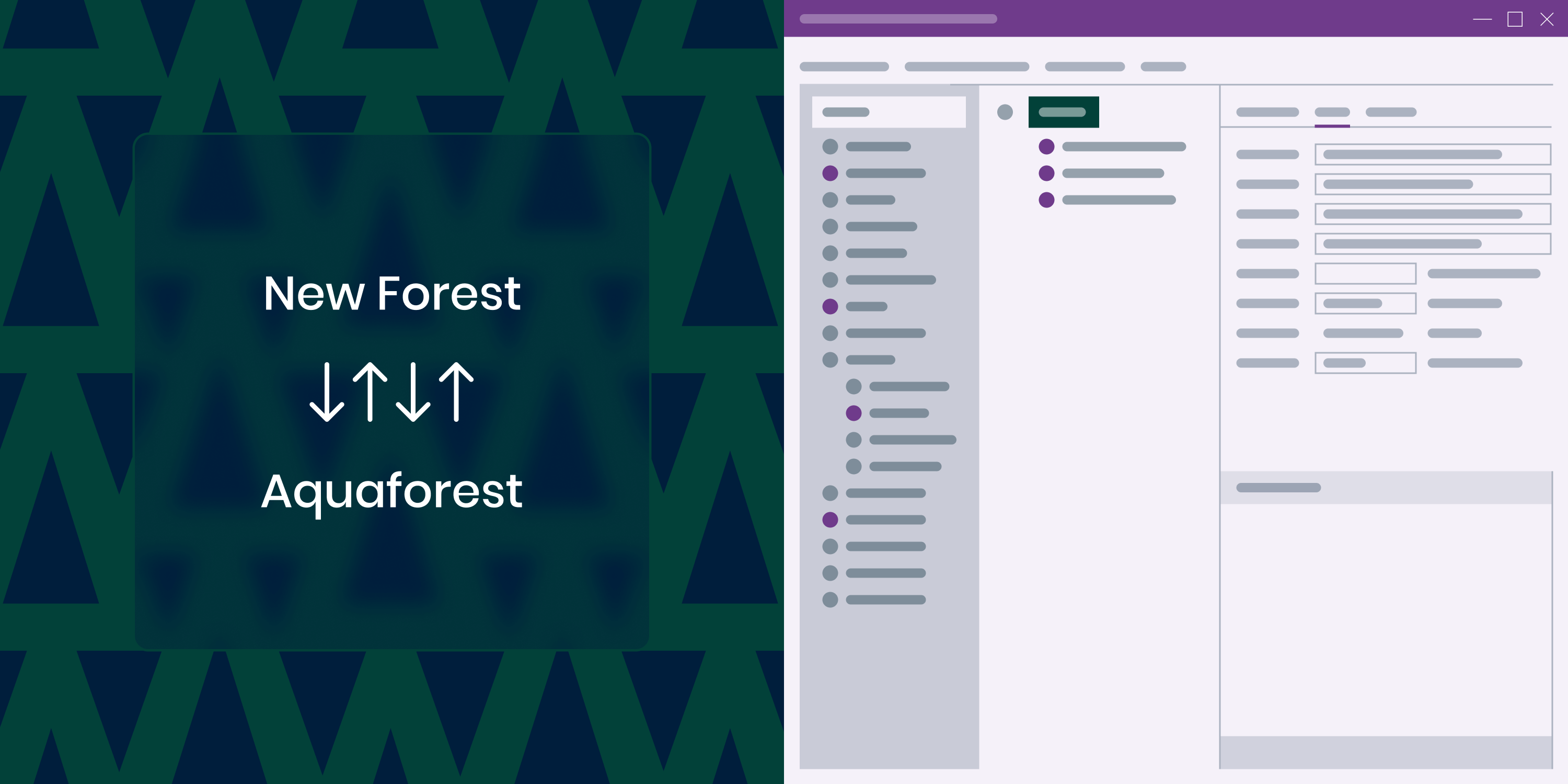

Digital archiving of documents has many benefits, such as preventing data loss, reducing operational costs, improving security, and enhancing compliance. It also supports the process of document auditing, because archived documents are audit-proof and cannot be lost or changed over time. As a result, it’s important that Legacy Council documents — such as planning applications, tree protection orders, and more — are digitized, archived, and fully searchable and accessible.
About Our Customer
Customer Challenge 1: Document Archiving
Historical archiving of tree preservation orders is very important for the NFNPA, as it has 2 million paper documents that need to be archived and digitally accessible. Not only does having physical documents increase the chance that things can get lost, but some of the documents are very old and were created in the ‘70s and ‘80s, and the paper quality can deteriorate over time.
When NFNPA started using Autobahn DX, the digitization process was already complete, but the result was many separate TIFF files, which were sometimes images of text pages or related buildings and landscapes.
Customer Challenge 2: Document Viewing
The NFNPA had an old system for planning applications that did a good job of converting TIFF files to PDF. However, at one point, the NFNPA had to shift to a new system, which was a downgrade when it came to the usability of documents.
As an example, in the old system, for a 50-page document, someone could view all the pages as one PDF, but in the new system, there were 50 separate documents — one for each page. With the new system, paper documents were scanned as TIFF files; however, TIFF files don’t open easily on mobile devices, and applicants were required to install third-party applications to view them.
As the NFNPA’s planning applications are used by hundreds of people, a lot of issues pertaining to document viewing and accessibility were reported.
Customer Challenge 3: Document Accessibility
New Forest is a government organization, and part of its responsibility is hitting document accessibility targets. This was challenging to achieve with the new system, as TIFF files (scans) aren’t easily accessible. Therefore, it was necessary to find a solution that would help create searchable PDF files out of TIFF scans.
The Solution for Document Archiving and Searchability
Autobahn DX is an economical and scalable document processing solution that helps the NFNPA digitize old records and make them searchable. The whole process is run automatically, and Autobahn smoothly processes a high volume of documents. More specifically, the NFNPA uses Autobahn DX for the following capabilities:
- TIFF-to-PDF conversion — New Forest uses Autobahn’s TIFF-to-PDF conversion to create PDF files out of scanned documents.
- OCR PDF — Next comes the OCR step. Using the Canon IRIS OCR engine, documents are fully searchable.
- Merge PDFs — As the final step, multiple documents are combined into a single file. These documents could have text and/or images or even CAD plans on the pages.
- Custom scripts — Our customer wanted to keep the same folder structure, where each folder contains PA reference numbers. Thanks to Autobahn’s ability to work with custom scripts, this was possible to adjust so the processed files came out with the same folder structure.
Archiving 30,000 Documents Per Day
The NFNPA has 2 million files to process, and 50 percent of them are TIFF files that need to be scanned and merged into fully searchable and accessible PDF files. With Autobahn DX, the NFNPA processes 30,000 files per day and plans to process 1 million documents in a month. Some of these files have dozens of pages, and there are also files with more than 100 pages each. The ability to combine multiple TIFF files into one searchable and accessible PDF document makes the planning application process quicker, as applicants need less time to view one document as opposed to dozens of documents, and they won’t encounter viewing problems on different devices. Finally, the NFNPA hit document accessibility goals and has safely archived valuable documents dating back 40-to-50 years.
